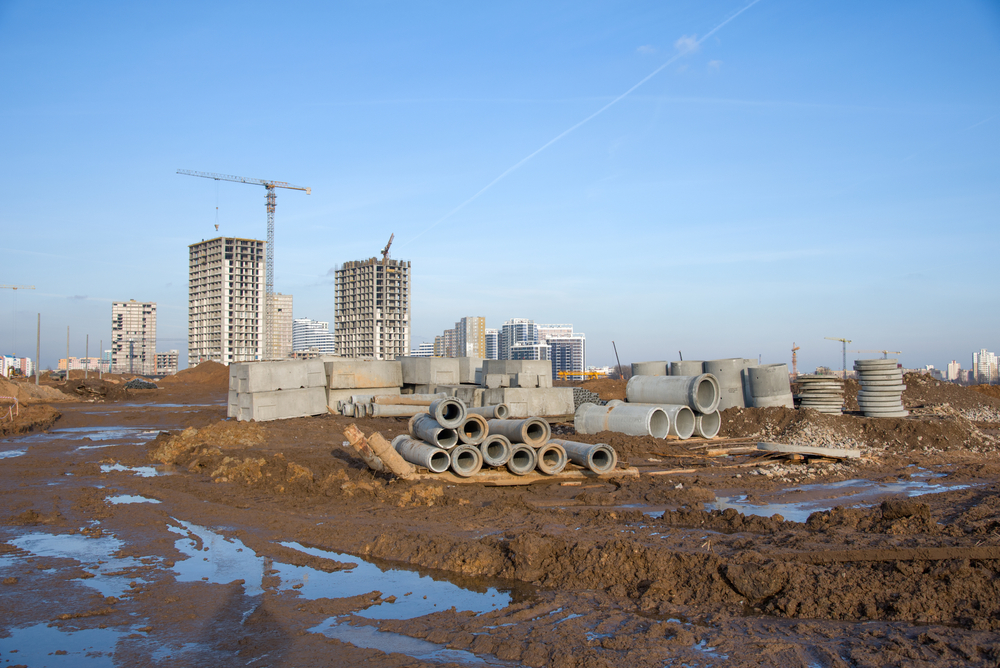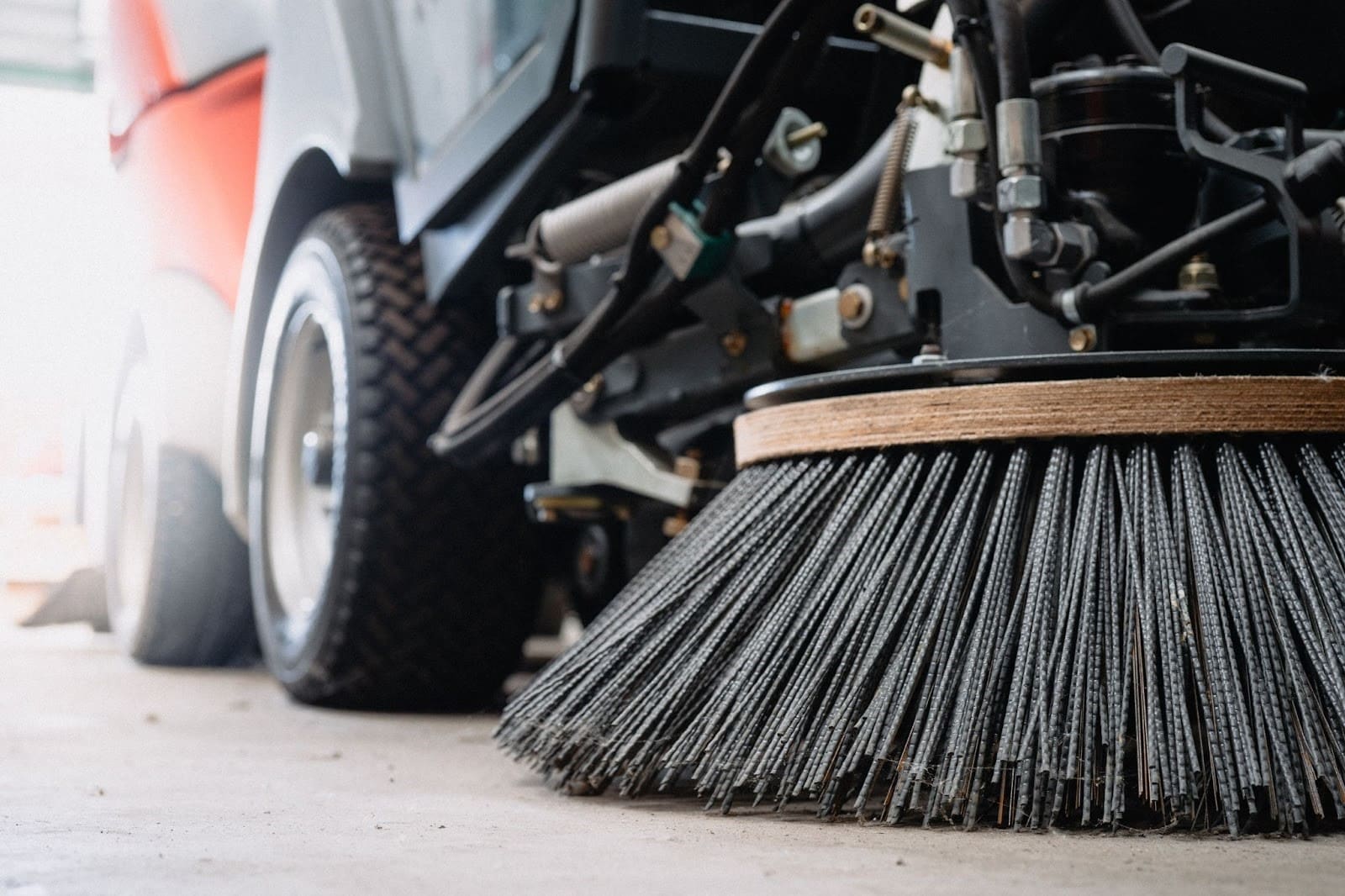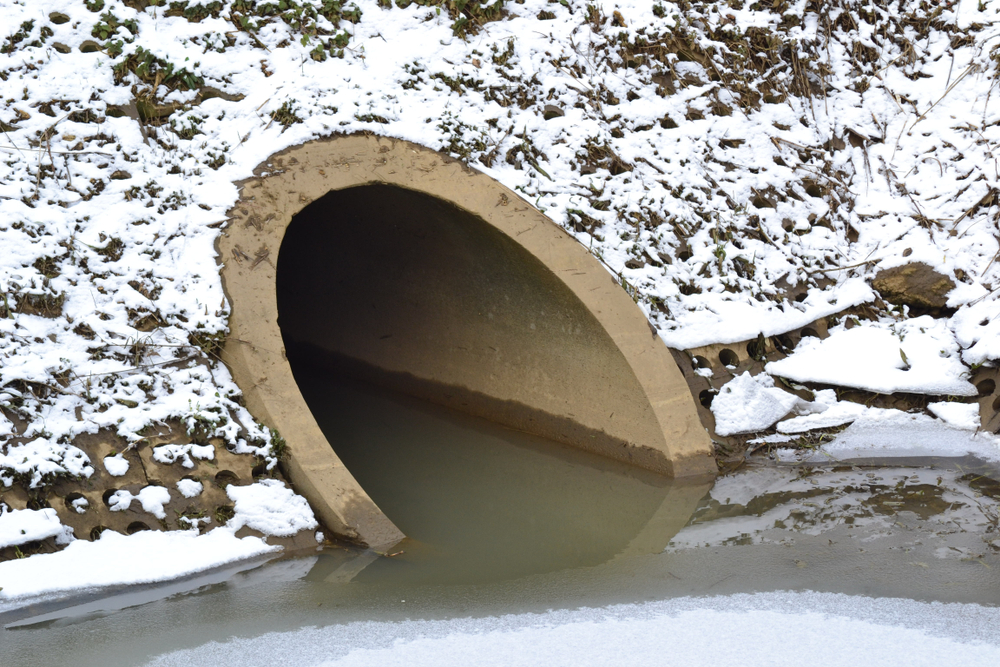For those new to the industry, SWPPP can be confusing. Many companies even wonder what the purpose of SWPPP is and why they must do extra work to comply with SWPPP rules. Here at Erosion Control Services, we are SWPPP experts for Utah and we can explain why SWPPP is so important.
SWPPP Laws
SWPPPs — stormwater pollution prevention plans — are created to protect the area’s water supply and keep it clean. SWPPP laws are federal and enforced by the Environmental Protection Agency, but SWPPP specifics can vary from state to state, and even city to city. A state may not pass laws that are more lenient than federal laws, but it may pass laws that are stricter. Thus, if you have operated or worked at construction companies in other states, you may discover that the laws in Utah and other states are different.
What Is Stormwater & Why Is It Important?
Stormwater is water that rushes into storm drains when it rains or when snow melts. This water is eventually released into a nearby body of water, whether it’s a stream, creek, river, pond, lake, ocean or another body of water.
At one time, there were few regulations about what could go into storm drains. Factories would release dangerous waste into the water and slaughterhouses would dump animal remains into drains. In this way, the water would be poisoned, and it would not only be unsafe to drink, it would harm or kill the fish, waterfowl and plants.
Laws were then made about which liquids and solids businesses and individuals were allowed to release into storm drains.
Stormwater & Construction
There are millions of construction projects going on across the U.S. every day. Those that impact land are known to increase the sediment in stormwater. Sediment sounds like it’s natural, and it may be naturally occurring, but it is not natural for it to build up in waterways. The EPA classifies sediment as a pollutant. Sediment clouds water so fish can’t see food. It also kills the plants in the water by preventing sunlight from reaching them. Sediment clogs drains and increases chances of flooding.
Sediment ends up in waterways due to erosion. About 30% of the sediment is naturally occurring, but the rest is the result of human activity. One important way to curb sediment pollution is with a SWPPP.
Erosion Control Services helps construction companies create effective SWPPPs by evaluating the site and developing a plan for controlling erosion. This plan might include installing erosion control blankets or erosion control wattles, silt fences and other measures such as protecting area storm drains. The plan also usually calls for thorough cleanup of the construction site after each day’s work is done to prevent trash and debris from washing into the stormwater.
SWPPP Help from Erosion Control Services
SWPPPs can be intimidating for construction companies because they are lengthy and technical, and if mistakes are made, the government may levy fines against the violator. That’s why construction companies in Utah and Idaho depend on Erosion Control Services for help with their SWPPPs. Contact us today about your upcoming project.



